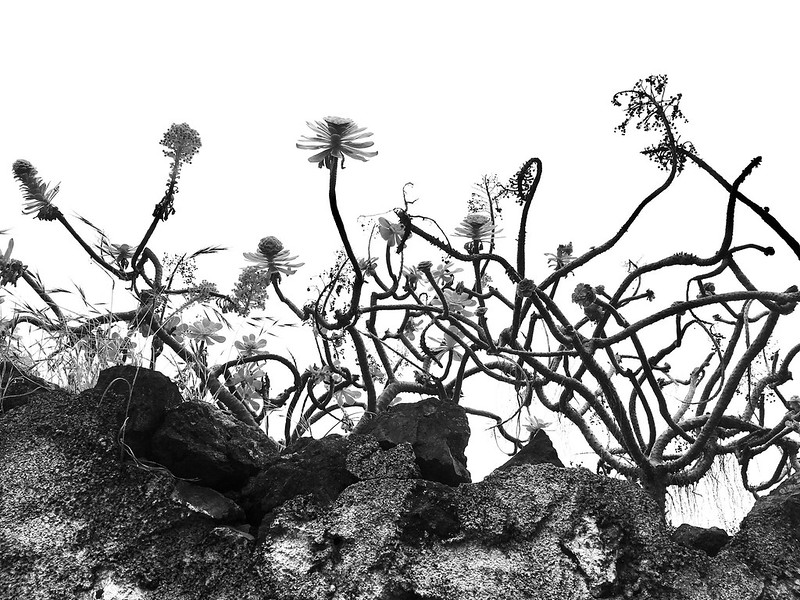This is an old revision of the document!
Attunement techniques: Meditation
FoAM (Maja Kuzmanovic and Nik Gaffney)
Attuning to a place, a person (human or otherwise) or even one's own being calls for an open and receptive state of mind. It is an effortless yet fragile state that can easily be shattered by internal or external distractions. While distractions can't always be avoided, there are ways to reduce their effect. One of the ways is the practice of meditation.
Meditation can turn down the volume of ceaseless chatter “about” the world and help to engage “in and with” the world. It enables attuning to a situation with clarity, seeing it just as it is, unclouded by wants and fears, prejudices and judgements. This is especially valuable in acute crisis situations or when faced with circumstances out of one's control, such as a chronic illness or unpredictable heatwaves. It can also deepen the capacity for appreciation of life in all its impermanent shapes and forms, from the scent of tea, to the majesty of a time-worn canyon or the craftsmanship in a thoughtfully designed building.
Meditation is an exercise in pausing; in recognising the imperative of a pause to transform instinctive reaction into considered response. Attune to a situation before intervening in it. Without the impulse to instantly react, meditators become acquainted with the mental and corporeal processes that colour their habitual reflexes. Processes that eventually disappear if they're not given special attention. What remains is the direct experience of the world as porous and permeable, without a clear boundary between the interior and the exterior. For many practitioners this state of equanimous noticing gives rise to a raw sense of compassion. Not just “being with” but “feeling with”, attuning to the sensual qualities of the world.
Quieting down and being still activates attention to phenomena that are too quiet, too big or small, too quick or slow to notice while going about the business of the everyday. An ant carrying food to its mates. A hesitant silence of a child. The gradual accummulation of a landfill. A dead leaf performing its last dance on a chilly breeze. When the only thing to do is do nothing at all, the world reveals itself in all of its delicious detail. The textures of sound, colours, patterns, scents and movements become clearer, more vivid and animate.
While meditation is best trained in stillness, the meditative state is accessible at any speed and in the noisiest environments imaginable. Landscapes and cityscapes become sacred mandalas, attuning the rhythms of the body to the lay of the land. Noticing the interaction between the soles of the feet with the sharp angles of rocks or sidewalks. Following the adjustment of bones and muscles while changing posture in response to the slipperiness of sand or oil stains.
Meditating while engaging with the world is an experiment in focused unfocusing. Attending to the whole experience without prioritising anything. This isn't necessarily pleasant. The practitioner can end up attuning to a destructive landslide, or a brook clogged by plastic bags. While human instinct in such situations might be to overflow with fear or rage and react impulsively, actions compelled by meditative experiences are more likely to be response-able and inclusive of different perspectives. Meditation alone will not save the world. But it offers a set of techniques to engage with the world “as if your life depended on it. Which of course, it does.” —John Kabat-Zinn

Dust and Shadow Reader Vol. 2. Previous: pilgrims rules. Next: attune
